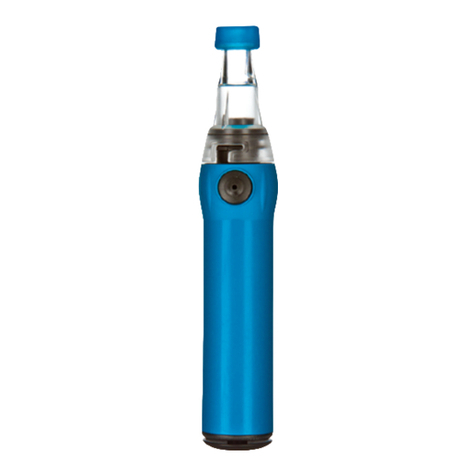
Manual, Ultra High Sensitivity Aerosol Spectrometer (UHSAS)
DOC-0210 Rev E-4 5
© 2017 DROPLET MEASUREMENT TECHNOLOGIES
Table of Contents
Part I: Hardware .........................................................................................................8
1.0 Product Description.......................................................................................8
1.1 Introduction ..................................................................................................................... 8
1.2 Specifications and Features ............................................................................................. 9
1.3 Electrical Specifications ................................................................................................. 10
1.4 Physical Specifications ................................................................................................... 10
1.5 Operating Limits............................................................................................................. 10
2.0 Theory of Operation ....................................................................................11
2.1 Optical System ............................................................................................................... 12
2.1.1 The Laser.................................................................................................................. 12
2.1.2 The Detection System .............................................................................................. 12
2.1.3 The Mechanical Housing.......................................................................................... 13
2.2 Flow System ................................................................................................................... 15
2.3 Analog Electronics.......................................................................................................... 16
2.3.1 Particle Signal Amplification and Tracking .............................................................. 16
2.3.2 Laser Power Monitoring .......................................................................................... 17
2.4 Digital Electronics System.............................................................................................. 17
2.4.1 ADCs and Peak Height Analysis ............................................................................... 17
2.4.2 Monitoring and Control ........................................................................................... 18
2.5 On-board PC................................................................................................................... 19
3.0 Unpacking and Setting up the UHSAS...........................................................19
4.0 Using the Instrument...................................................................................21
4.1 Start-Up.......................................................................................................................... 21
4.2 Shutdown / Power Off Procedure ................................................................................. 25
5.0 Calibration ..................................................................................................26
5.1 Calibration Overview ..................................................................................................... 26
5.1.1 Relative Gain Calibration ......................................................................................... 26
5.1.2 Absolute Calibration ................................................................................................ 26
5.2Calibration Procedure.................................................................................................... 28
5.2.1 Reasons for Calibration............................................................................................ 28
5.2.2 Step One: Relative Gain Calibration......................................................................... 28




























